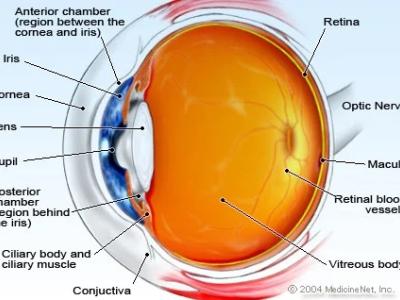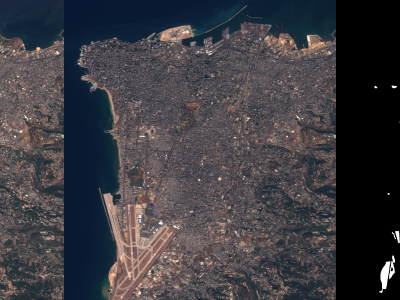Reconstruction and Visualization of 5 micro-meter Sectional Coronal Views for Macula Vasculature in OCTA

- Citation Author(s):
- Submitted by:
- Abdel-Razzak Al-Hinnawi
- Last updated:
- DOI:
- 10.21227/gx1z-tj11
- Data Format:
- Research Article Link:
- Links:
 852 views
852 views
- Categories:
- Keywords:
Abstract
The Dataset contain two parts for two researchs.
First : The results of the experiemental work presented in the journal paper with the title : Reconstruction and Visualization of 5µm Sectional Coronal Views for Macula Vasculature in OptoVue OCTA, which has the following abstratct
A Computerized Medical Image Processing (CMIP) method is proposed to address the current challenges of optical coherence tomography angiography (OCTA): 1) the need for observing the macula vasculature concerning natural curvature of the macula region; 2) the need for generating OCTA frames at successive small depths in all macula layers; and 3) the need for enhancing the visibility of blood vessels, particularly below the outer retina region. The proposed CMIP method involves image preprocessing, reconstruction, and enhancement stages. Twenty subjects were obtained from the OCTA500 dataset, which was obtained from the OptoVue OCTA machine. The 20 subjects comprise the two OCTA fields of view (FOV), right and left eyes (OD and OS), and five common macula disorders. The sequential enface OCTA images at 5µm macula depths were displayed. The presentation of the macula vasculature was enhanced at all depths. The resulting new ophthalmic views enable: 1) avoiding the superimposition of macula vasculature into a projection map; 2) enhancing the OCTA presentation of blood vessels; and 3) inspecting the macula’s 3D oval-shaped. The proposed CMIP method can generate sectional macula coronal views (MCV) for every 5µm depth, clarifying the macula’s curvature in a way that has not been presented in OCTA machines. Therefore, ‘‘tracking’’ the 3D propagation of the blood vessel network at all macula depths becomes possible. Furthermore, the blood vessels’ display at all macula depths, including the deep choroid layers, is enhanced. The method yields futuristic ophthalmic advantages that would allow the physician to precisely inspect the 3D localization and diffusion of the macula disorders. The method is invariant to the OCTA’s FOVs, macula disorder, and OD or OS eye.
Second:
OCTA B-Scans that comprise of 90 normal and 39 aberrant subjects (29 cases of diabetic retinopathy, 5 cases of age-related macular degeneration, and 5 cases of choroid neovascularization) were included in the 129 OCTA B-Scans. The dataset is used for research aimed to transform OCTA B-Scan into innovative OCTA graphs show new representation of the plexiforms at macula's SVC (Superficial Vessls Complex) and DVC (Deep Vessels Complex). The paper is published at Journal of Multidisciplinary Healthcare.
Instructions:
The FIRST dataset contains video files in which every subject has two video files illustrating the results of the CMIP method proposed in the article with the title: Reconstruction and Visualization of 5µm Sectional Coronal Views for Macula Vasculature in OptoVue OCTA
The SECOND datset contains macula coronal views (MCVs) for 129 subjects (90 normal and 39 aberrant subjects (29 cases of diabetic retinopathy, 5 cases of age-related macular degeneration, and 5 cases of choroid neovascularization)). This dataset is used for research that aims to transform OCTA B-Scan into innovative OCTA Graphs.







